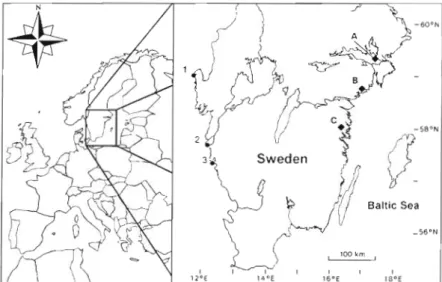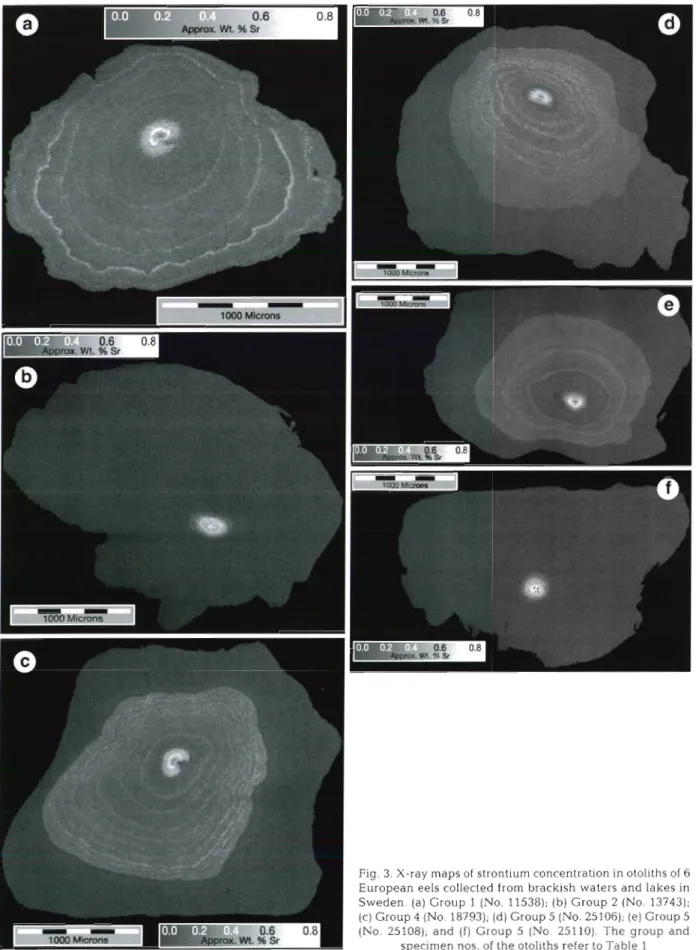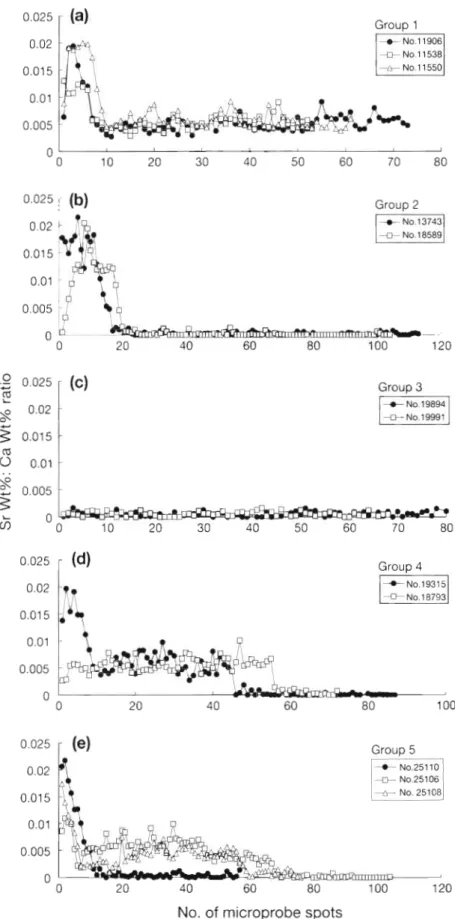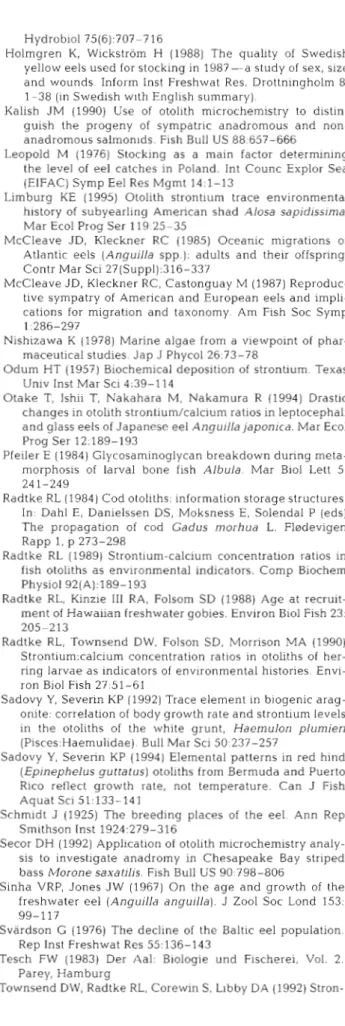Use of otolith microchemistry to investigate the environmental history of European eel Anguilla anguilla.
全文
數據




相關文件
6 《中論·觀因緣品》,《佛藏要籍選刊》第 9 冊,上海古籍出版社 1994 年版,第 1
You are given the wavelength and total energy of a light pulse and asked to find the number of photons it
In the hydrologic cycle, water from oceans, lakes, swamps, rivers, plants, and even you, can turn into water vapor. Water vapor condenses into millions of tiny droplets that
Apart from European civilisation, the Islamic civilisation has also made significant contributions to the history of civilisation. Though communication
Students are asked to collect information (including materials from books, pamphlet from Environmental Protection Department...etc.) of the possible effects of pollution on our
volume suppressed mass: (TeV) 2 /M P ∼ 10 −4 eV → mm range can be experimentally tested for any number of extra dimensions - Light U(1) gauge bosons: no derivative couplings. =>
compounds, focusing on their thermoelectric, half-metallic, and topological properties. Experimental people continue synthesizing novel Heusler compounds and investigating
of the spin polarisation L. Bocher et al. submitted (2011).. Mapping plasmons and EM fields Mapping plasmons and EM fields.. New possibilities for studying the low
